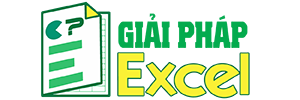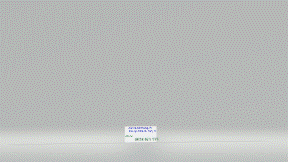PowerPoint comes with a gallery of design templates to choose from, but you can also create a template of your own and add it to the Slide Design task pane. Starting from a blank design, you can apply such elements as a background and color scheme, font style, layout (layout: The arrangement of elements, such as title and subtitle text, lists, pictures, tables, charts, AutoShapes, and movies, on a slide.), and art.
1. On the Standard toolbar, click New Button image.
If this or any other toolbar mentioned later in this procedure isn't visible, on the View menu, point to Toolbars, and then click the toolbar that you want to display.
2. Switch to master view by pointing to Master on the View menu, and then clicking Slide Master.
3. Make the changes that you want to the slide master (slide master: The slide that stores information about the design template applied, including font styles, placeholder sizes and positions, background design, and color schemes.):
* To change the background, on the Format menu, click Background, make selections in the dialog box, and then click Apply. If you have inserted a title master and want the changes to apply to it, too, click Apply to All.
* To work with color schemes, on the Format menu, click Slide Design, and then, in the Slide Design task pane, click Color Schemes. The color scheme that is currently applied will be selected. Click any other scheme to apply it.
To change the color scheme, click Edit Color Schemes at the bottom of the task pane, and then make the changes that you want.
* To change fonts or other font options, click the text or the placeholder containing the text (such as footers). On the Format menu, click Font, and then make your selections in the Font dialog box.
Note You can change font color for title and body text as part of the color cheme.
* To insert a picture or to add a shape or text box, use the buttons on the Drawing toolbar.
* To move a placeholder, click it to select it, and then point to the placeholder border. When the pointer becomes a four-headed arrow, drag the placeholder to a new location.
* To resize a placeholder, click it to select it, and then point to a sizing handle. When the pointer becomes a double-headed arrow, drag the sizing handle.
4. If you want additional slides to be part of this template, click the Normal View Button image button in the lower-left of the window, and then add the slides and any text that you want on them.
5. On the File menu, click Save As.
6. In the File name box, type a name for your template, and then, in the Save as type box, click Design Template.
7. Click Save.
The template is saved to the Templates folder. (This is the folder that PowerPoint uses by default when you select Design Template as the file type in the Save As dialog box.)
After you exit and restart PowerPoint, the template is available in the Slide Design task pane, in alphabetical order by file name, under Available For Use. Also, after you apply the template once, save your presentation, and restart PowerPoint, the template appears in the New Presentation task pane (File menu, New) under Recently used templates.



